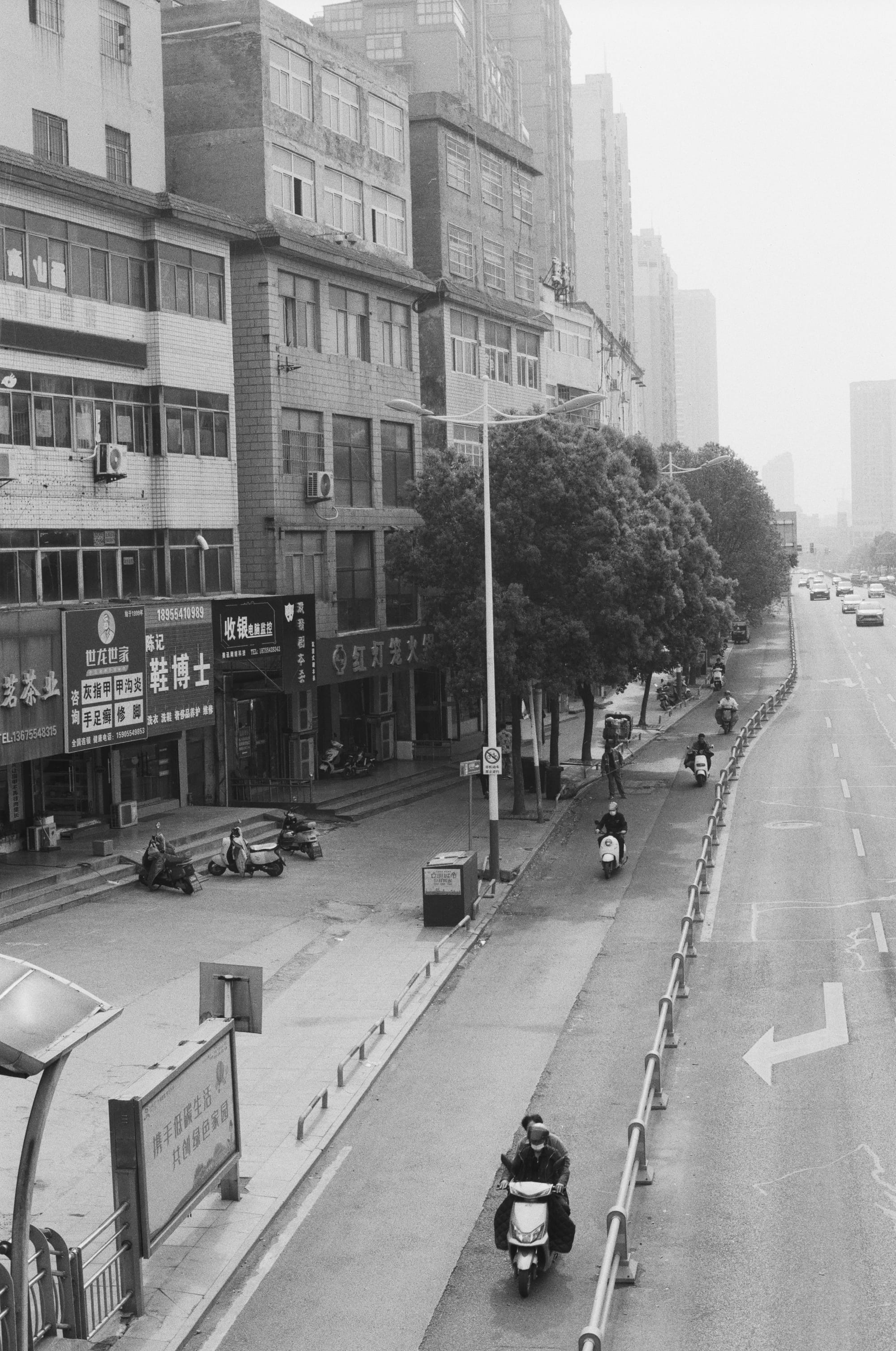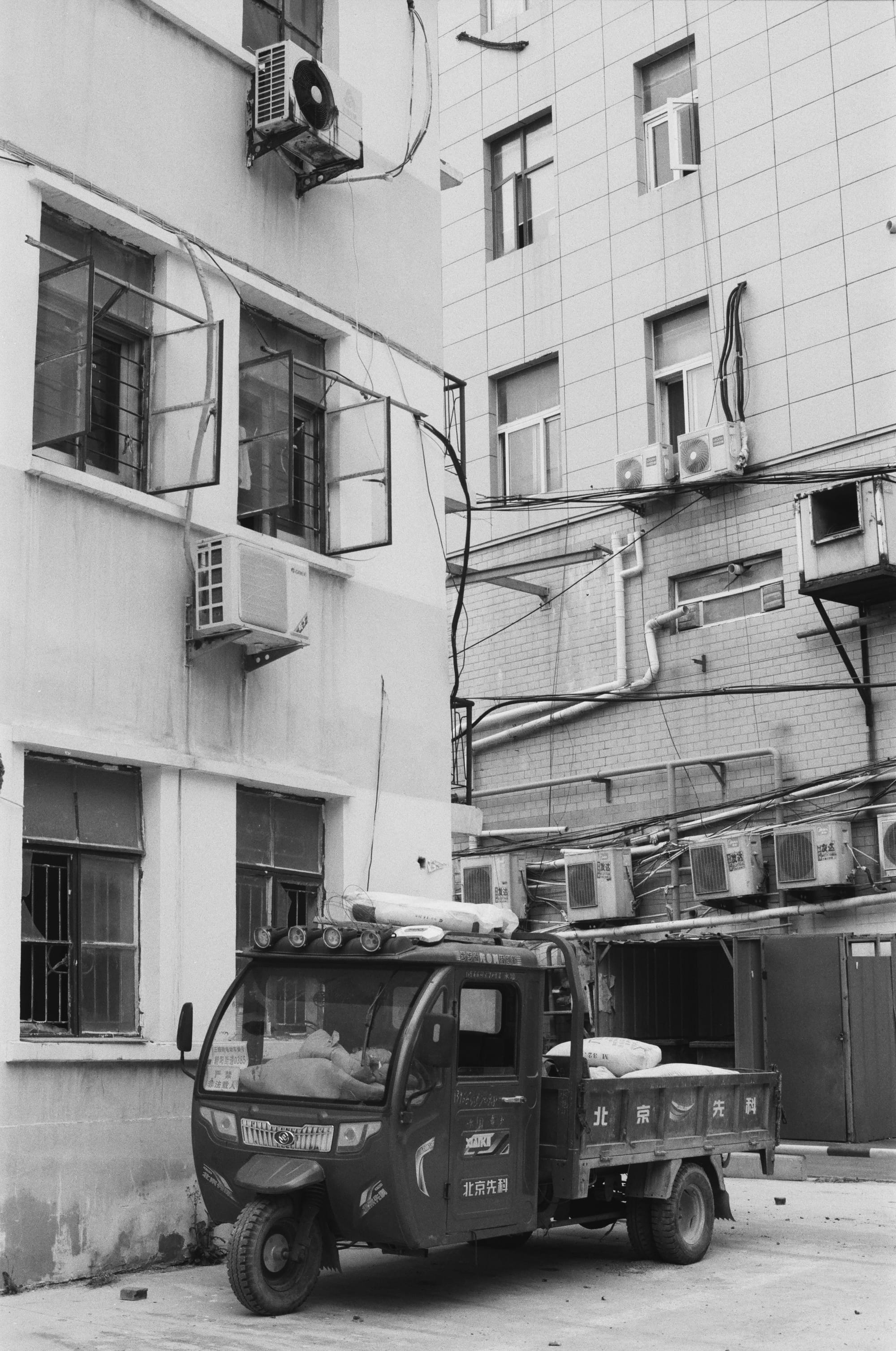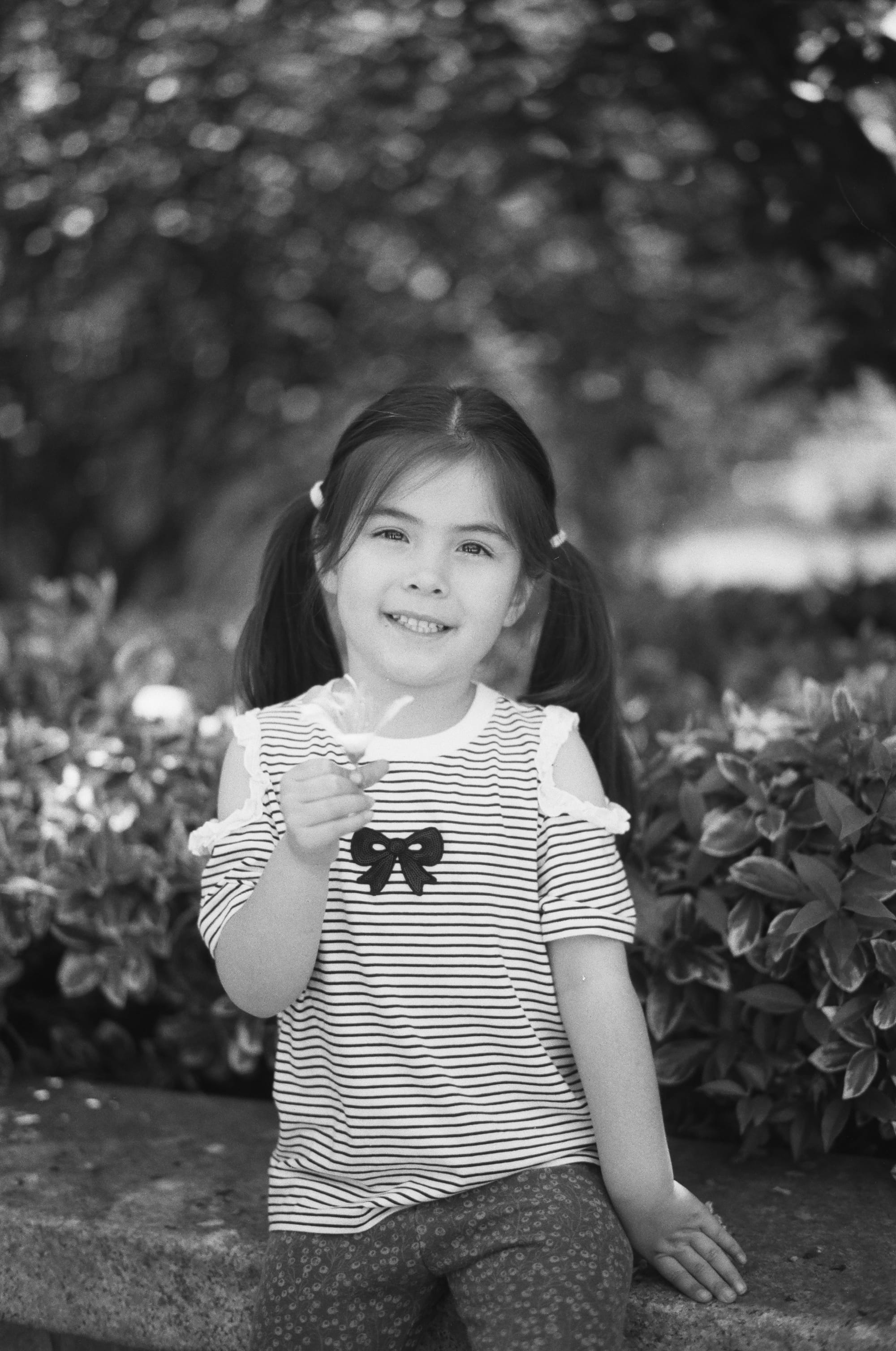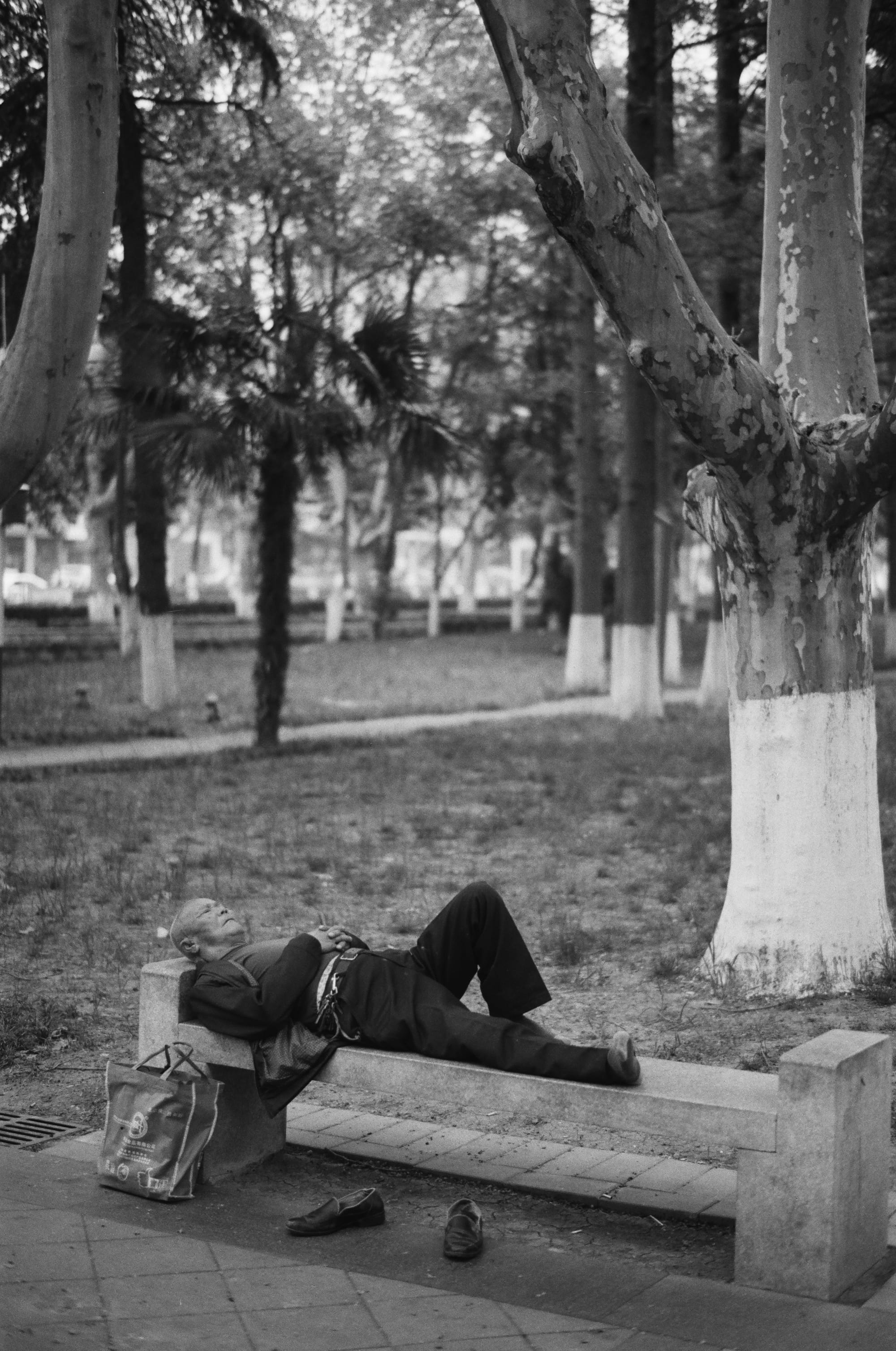A Review Of Kentmere Pan 100 Film
It makes shooting film on a consistent basis a more sustainable endeavor once again. Yet, this begs the question. Does it offer budget results or can it also be used for more serious, professional work? Are we simply sacrificing image quality for a more affordable price point?

Decaf Journal is reader-supported. When you buy links through our site, we may earn an affiliate commission.
I've recently returned to film after a long hiatus. Although there is much to love about the convenience and immediacy of digital photography, I missed the analog medium dearly. This is especially true for black and white film. One could argue that black and white photography has limited utility, but it's also a look that has stands the test of time.
Images captured in black and white often feel one dimension removed from reality, one that is unchanging through generations. There's just something magical about a monochromatic photograph filled with an organic grain pattern that doesn't get old for me. Nowadays I enjoy shooting film to document those that I love most. Not only do you get the digital file after scanning, you get a physical negative for archival purposes that can last indefinitely if stored properly.
With the substantial increase in the cost of film in the last couple of years, many passionate film photographers have either drastically reduced their film consumption, or mostly abandoned it for digital options that attempt to replicate the look of film such as Fujifilm's X series of cameras. However, Kentmere Pan 100 is an interesting offering due to it's budget friendly price.
It makes shooting film on a consistent basis a more sustainable endeavor once again. Yet, this begs the question. Does it offer budget results or can it also be used for more serious, professional work? Are we simply sacrificing image quality for a more affordable price point?



The Kentmere film brand is owned and manufactured by Harman technology, and uses the same process that the revered company uses to make their legendary Ilford branded films. Given that Ilford HP5+ 400 is my favorite black and white film stock of all time, this is reassuring to know. Kentmere Pan 100 is an ISO 100 film which is ideal for daylight outdoor use, on a tripod for long exposures, in the studio, or anywhere with plenty of light available.
It's a few dollars cheaper than both Ilford HP5+ 400 and Kodak Tri-X 400, which provides film shooters a welcome break to our wallets. This amount of savings adds up quickly if you shoot film often.
I've always enjoyed scanning film myself, but just don't have the time anymore with a growing family to care for. For this roll of film, I chose to outsource the development and scanning of the film to a reputable photo lab near me. After sending my roll of film off to the lab, I was pleased to received back some very flat scans with plenty of highlight and shadow detail from their Noritsu HS-1800 scanner.
I always prefer when black and white film scans look flat and somewhat dull as a starting point because it's much easier to manipulate the files in post production for a variety of looks. All of the images you see here were shot on the Canon EOS 1N and Zeiss Milvus 50mm 1.4 lens.




My initial impression of Kentmere Pan 100 was that it has a beautiful fine grain structure with just enough texture. I love the tasteful subtlety of the grain pattern that becomes visible when viewing the image at close inspection. The film also possesses a satisfying level of sharpness and clarity.
It's safe to say that all of the details will be there if you nail focus. Kentmere Pan 100 has excellent exposure latitude and a wide dynamic range making it a wonderful option for beginners. It's worth noting that the sky was hazy and overcast in many of the images I've included in this article.
It's not that the sky was blown out from the film, but that there just wasn't much detail in the real life scene to begin with. For those interested in the editing process, I added a fair amount of contrast to the images you see here by using the curves tool in Adobe Photoshop for a final result that I'm pleased with.
I got along with this film quite well, and am happy with the results that it gave me. I didn't know what to expect, as I usually stick to black and white films that I know and love, but there's really no shortcomings to mention here. Kentmere Pan 100 certainly has a different look than other black and white films, but I wouldn't say it's necessarily better or worse, just different.
I tend to prefer slightly grainier black and white films such as Ilford HP5+ 400 or Kodak Tri-X 400 because I enjoy a lot of texture in my images. However, it all comes down to personal preference. I don't find Kentmere Pan 100 lacking in anything, except perhaps a bit of character compared to the other classic film stocks I've mentioned.



Kentmere Pan 100 is a great option for someone who is looking to shoot a lot of black and white film but still keep their costs reasonably in check. It would also be an interesting choice for anyone creating a longer term project with several rolls of film.
Additionally, it could be and ideal film for travel, as the lower ISO 100 film speed is less susceptible to damage from x-ray machines than other films with a higher sensitivity. Not every airport security guard will allow film to be hand inspected, so this could provide some peace of mind.
I wouldn't hesitate for a moment to use Kentmere Pan 100 for paid work. It may have a low price, but it's still very much a professional grade black and white film stock. Rest assured that this isn't the kind of poor quality consumer film that you'd find in drug stores in the 90's and early 2000's.
There's still nothing like shooting film. Both the experience and the results cannot be replicated with a digital camera. I'm thankful to have a lower cost option available so that more people can keep shooting film and newcomers can discover the joy of analog photography.








